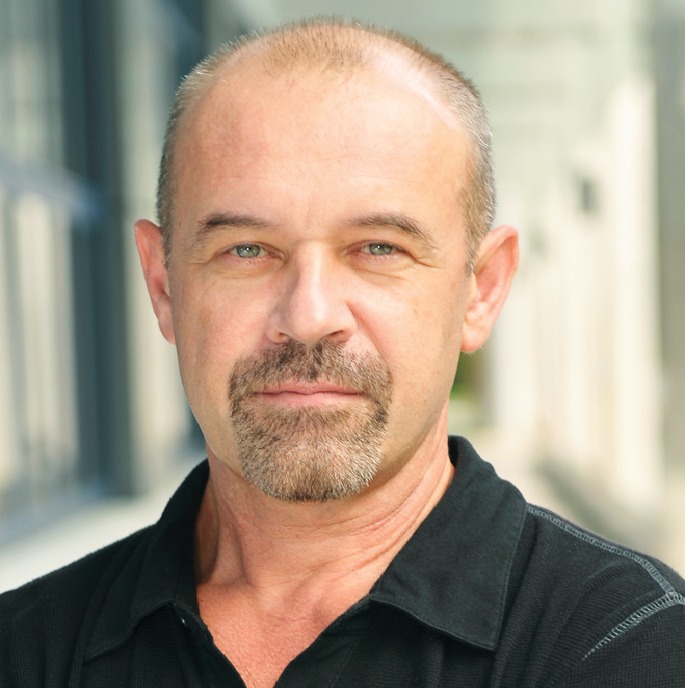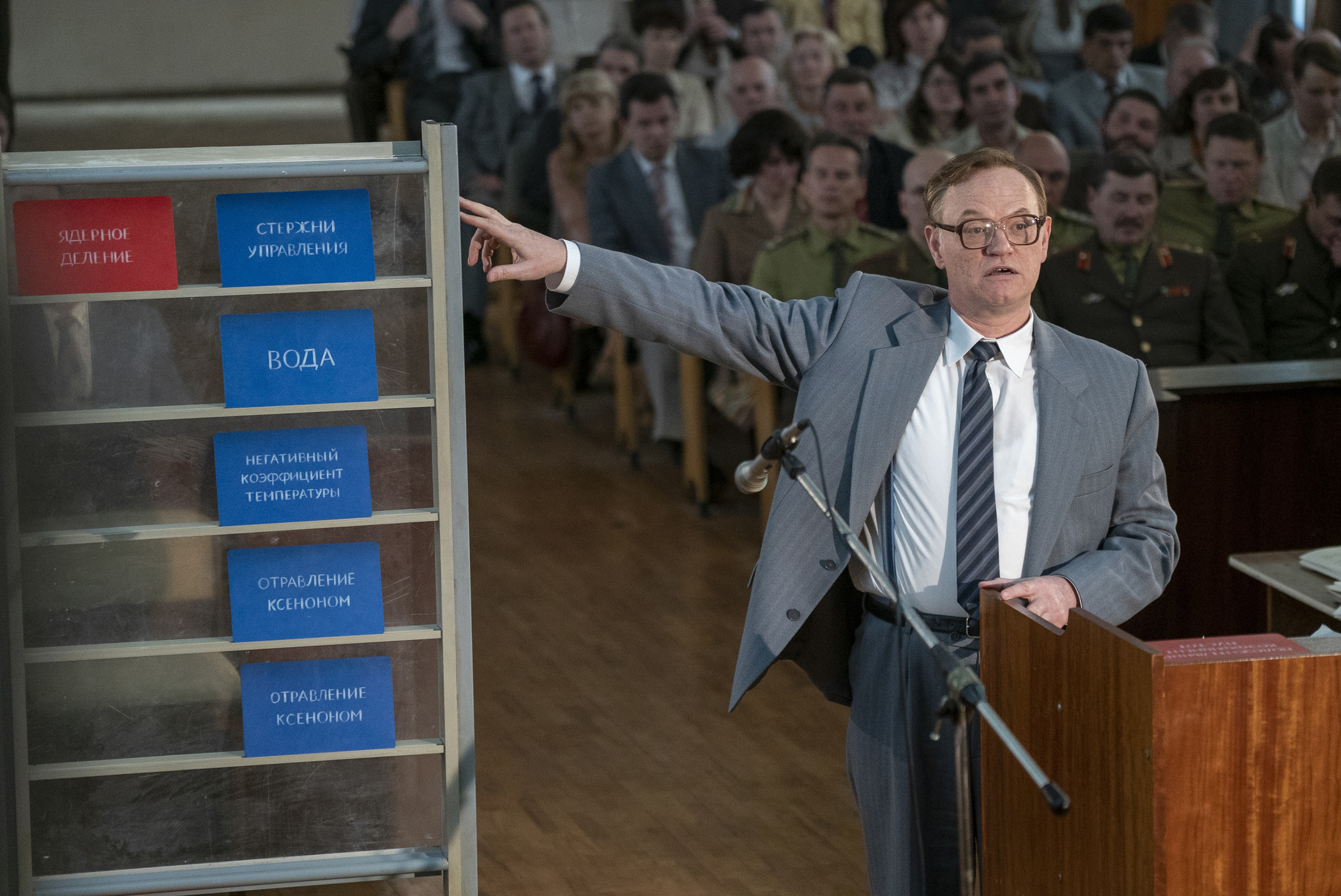Chernobyl: HBO Remakes History
“If not me – then who?” — This was the drive for thousands of fellow liquidators, who stopped the spread of radiation at the doorstep of Europe.

Thirty-three years ago, following the Chernobyl explosion, I volunteered to go there, joining an Army Reserve and becoming a “liquidator.” Liquidators, military and civilian personnel, were assigned with the removal of radioactive debris and other daunting tasks performed under extreme radiation conditions. I was deployed in military-driven cleanup operations (starting from July 1986), including six severely dangerous “nuclear jumps” on “the roof.”
Liquidator: The Chernobyl Story, the book I authored about my liquidator life-changing accounts, interconnected with the accident’s history and its possible causes. I was directly involved in many of the events depicted in the HBO miniseries Chernobyl; I have also studied scores of sources related to the accident.
HBO’s Chernobyl created an enormous wave of attention to the largest known nuclear catastrophe. For that alone, the show deserves a lot of praise. Many viewers hail the superb main cast acting and the masterful work of the film crew.
Sadly, that’s where its brilliance ends. I feel that the version of Chernobyl accident presented by HBO is distorted in many ways. Here are just a few important ones:

• Valery Legasov and Boris Shcherbina, together with the fictional scientist Ulyana Khomyuk, are the show key protagonists who did everything — from leading decontamination efforts to unearthing the truth about the explosion causes. In reality, Shcherbina was the State Commission Head, where Legasov was a member; Legasov was more instrumental in the aftermath, but not to the extent portrayed in the show, and Shcherbina’s role was hardly close to his heroics in it.
• Neither Legasov nor Shcherbina were present at the trial for the station/shift managers. Why it was so essential for the show to reinvent history? Simple: the story presented by HBO is a typical law-and-order drama, where the state law is mightily suppressive and malicious (Soviets!); therefore “a few good men,” three protagonists, ultimately fail in their effort to bring the truth about the accident to the world. Such setup requires the trial at the end — thus, to fit the law-and-order dogmas and to make the trial a spotlight, the real events were hand-picked and altered.
• Chernobyl heavily accentuates a persistent desire of “apparatchiks” to halt the protagonists. Historically, every government faced with a nuclear accident attempted to cover up facts to avert global outrage (for example, Three Mile Island and Fukushima).
• So did the Soviets, but not as tenaciously as it is shown in Chernobyl. In reality, Legasov’s talk in Vienna was an eye-opener for both sides, the West and the Soviets. From then on, USSR did realize the seriousness of the West’s reaction, voluntarily sharing information and getting technical support in return.
• It’s obvious why the fictitious character of Khomyuk was created. Legasov and Shcherbina were heavily engaged at the station; creators couldn’t force them to do all the investigative work that is compulsory for the law-and-order drama. Thus, Khomyuk came into play, wearing blue leotard and red cape.
• I was particularly upset by the depiction of liquidator work in many scenes. For instance, we didn’t wear the lead protective gear while climbing the stairway to the roof of Reactor 3: it was over 200 feet high — try to carry additional 30 to 40 pounds of the lead, heading up there, and you’d get what I mean. The gear was stored, and worn for the shift, at the safe place closer to the top.
• The human radiation impact is presented by Chernobyl creators in a way that is more typical for deadly contagious disease (scenes with people touching either graphite or contaminated firefighter uniforms; panic in the eyes of the “bio robot” who tore a boot on the roof, etc.). Ionizing radiation is not Ebola, it penetrates through the body and causes lethal cell malfunctions, which, nevertheless, are not manifested as swiftly as depicted – nor can radiation be passed from human to human. In another episode, Khomyuk claims that a newborn daughter of firefighter Ignatenko perished but saved the mother, because the fetus “absorbed” the radiation. This is completely impossible.
The ripple effect from the show, “based on a true story” about this event of great magnitude by such a reputable company as HBO, is far more influential than from just another “a few good men” tale. Such responsibility should not be taken lightly.
My position is confirmed by Dr. Robert Gale, a top UCLA doctor who treated radiation victims of the Chernobyl accident. He recently denounced Chernobyl as “wrong and dangerous” while criticizing HBO’s depiction of the tragedy. I am concerned that for many years to come the real story of Chernobyl will be remembered and only looked at through the prism of this show.
Sergei Belyakov is a Soviet-born U.S. scientist, a former liquidator and the author of Liquidator: The Chernobyl Story.
Multichannel Newsletter
The smarter way to stay on top of the multichannel video marketplace. Sign up below.
